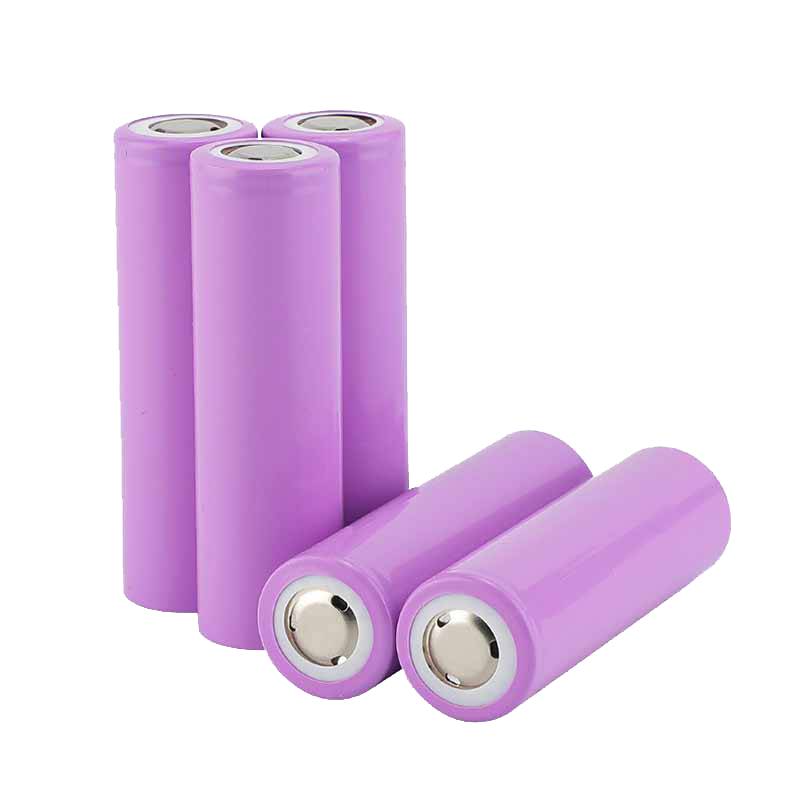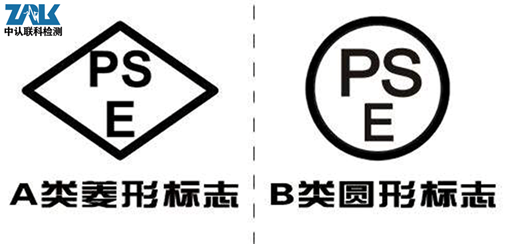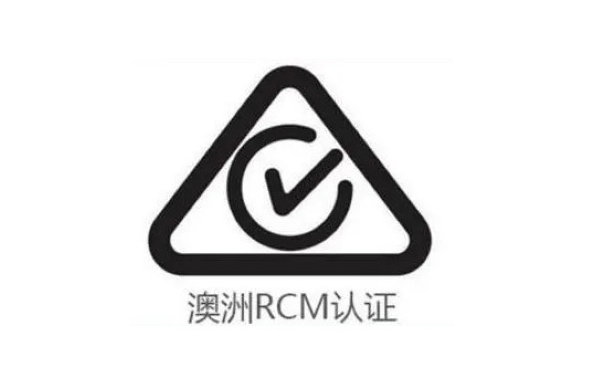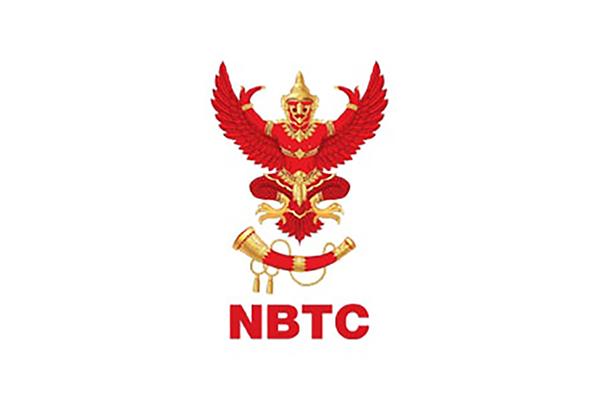In the Japanese market, PSE certification is a mandatory requirement. Only by obtaining this certification can battery products smoothly enter the Japanese market for sale. This is not only about complying with local regulations, but also about enhancing consumers' trust in the product. After all, batteries with certification support have better quality and safety guarantees, which can enhance the competitiveness of products in the market.
The materials required for PSE certification
1. Product Manual: It provides detailed information on the battery's performance, usage methods, precautions, etc.
2. Circuit schematic diagram: It presents the circuit design of the battery to enable the certification body to understand its working principle.
3. PCB layout: It reflects the layout and wiring of the battery's printed circuit board.
4. Component List: List all the components used in the battery, including brand, model, etc.

The process for handling PSE certification
1. Submit an application: Submit the prepared materials to the certification body and express your intention to apply for certification.
2. Product Testing: The certification body will conduct various performance tests on the battery in accordance with relevant standards, such as electrical safety and chemical safety.
3. Result Evaluation: Based on the test results, determine whether the product meets the certification standards. If passed, a certification certificate can be obtained. If it fails, the product needs to be improved and retested.
The importance of obtaining PSE certification
Market access: It is a necessary condition for entering the Japanese market. Without certification, products cannot be legally sold in Japan.
2. Enhance credibility: Convey to consumers the signal that the product quality is reliable, increasing their recognition of the product and their willingness to purchase.
3. Risk avoidance: It helps enterprises identify potential safety hazards of their products, make timely improvements, and reduce the risk of safety accidents during product use.

PSE certification cycle and cost
Certification cycle: Generally, it takes about 2 to 3 months, but the exact time may vary depending on the complexity of the product. If the product requires a lot of rectification, the cycle may be extended.
2. Certification fee: It is affected by factors such as product type and test items. The charging standards of different certification bodies may also vary. Enterprises need to communicate specifically with the certification body to determine the fees.
Battery PSE certification is of vital importance for enterprises that want to expand into the Japanese market. It is an important means to ensure product quality and safety, and can bring more opportunities for the development of enterprises. Enterprises should attach great importance to PSE certification, actively apply for it, and enable their battery products to enter the international market more smoothly.











